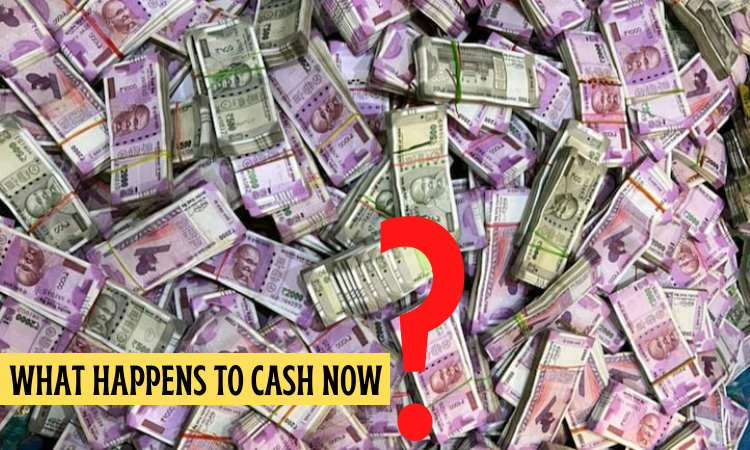Recently, the Enforcement Directorate (ED) seized cores of cash from several accused persons. The financial probe agency has been allowed to seize money but, understandably so, they can’t keep the recovered cash with them.
According to the protocol, whenever the agency recovers cash, the accused is given the opportunity to explain the source of the cash. If the suspect fails to satisfy the investigators with a legitimate answer, the cash is treated as unaccounted cash and ill-gotten money.
Subsequently, the cash is seized under the Prevention of Money Laundering Act (PMLA) and the ED calls the officials of the State Bank of India to count the recovered currency. With the help of a note-counting machine, once the counting of notes is over, a seizure list is prepared by the ED officials in the presence of bank officials.
The seizure memo includes details of the total amount of cash recovered, and the number of currency notes in denominations like 2000, 500 and 100. Later, it is sealed in boxes in the presence of independent witnesses. Once the money is sealed and the seizure memo is prepared, the recovered cash is sent to a State Bank of India branch in that state where it is deposited under a Personal Deposit (PD) account of the Enforcement Directorate.
Accordingly, the cash is deposited in the central government treasury.
However, the seized money can’t be used by the Enforcement Directorate, a bank or the government. The agency prepares and issues a provisional attachment order and an adjudicating authority is required to confirm the attachment in six months.
The purpose of this exercise is that the accused is deprived of the benefits of using the seized cash. Once the attachment is confirmed, the money is kept lying in the bank until the trial ends in the case.
If the accused is convicted, then the cash amount becomes property of the Centre and if the accused is acquitted by the court, then the cash is returned.




Comments are closed.